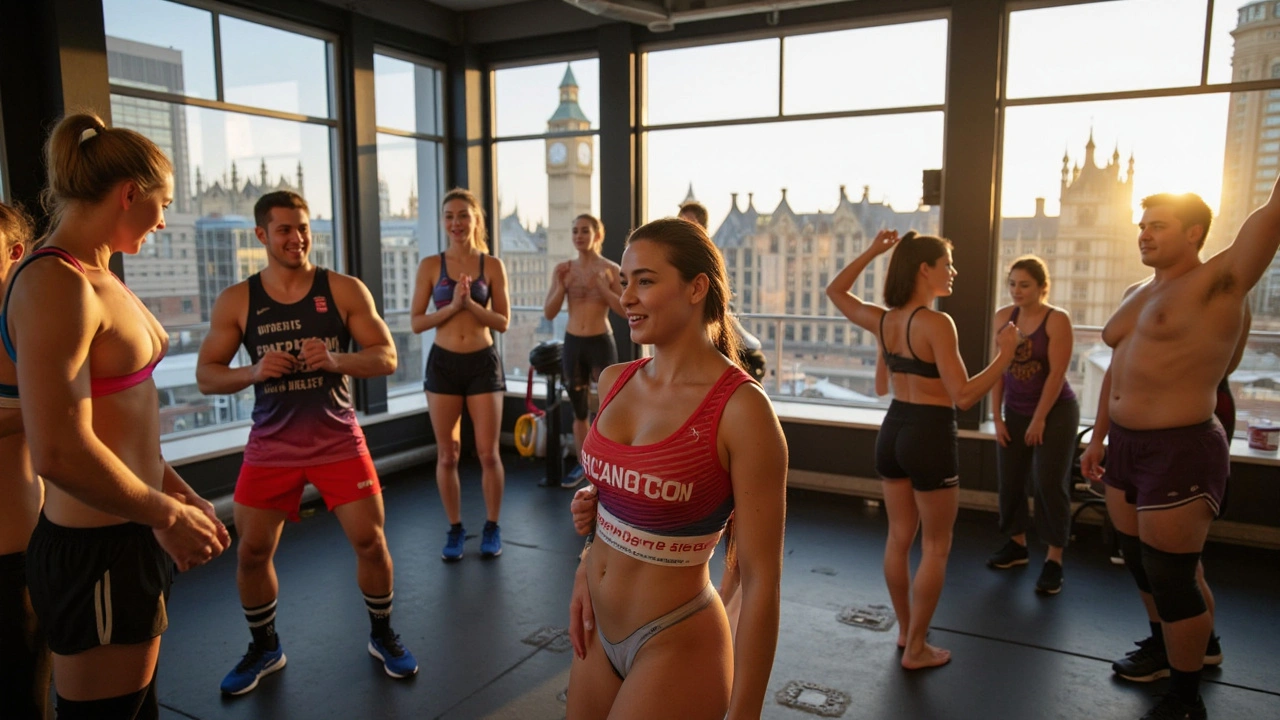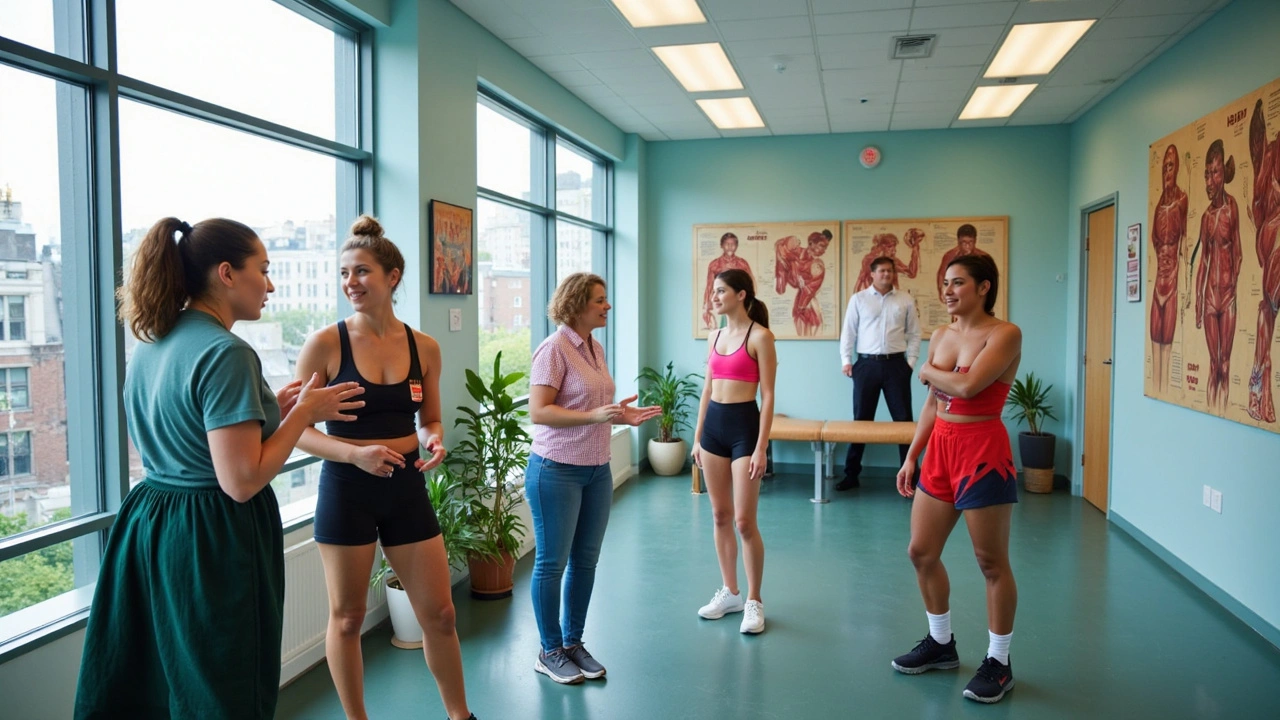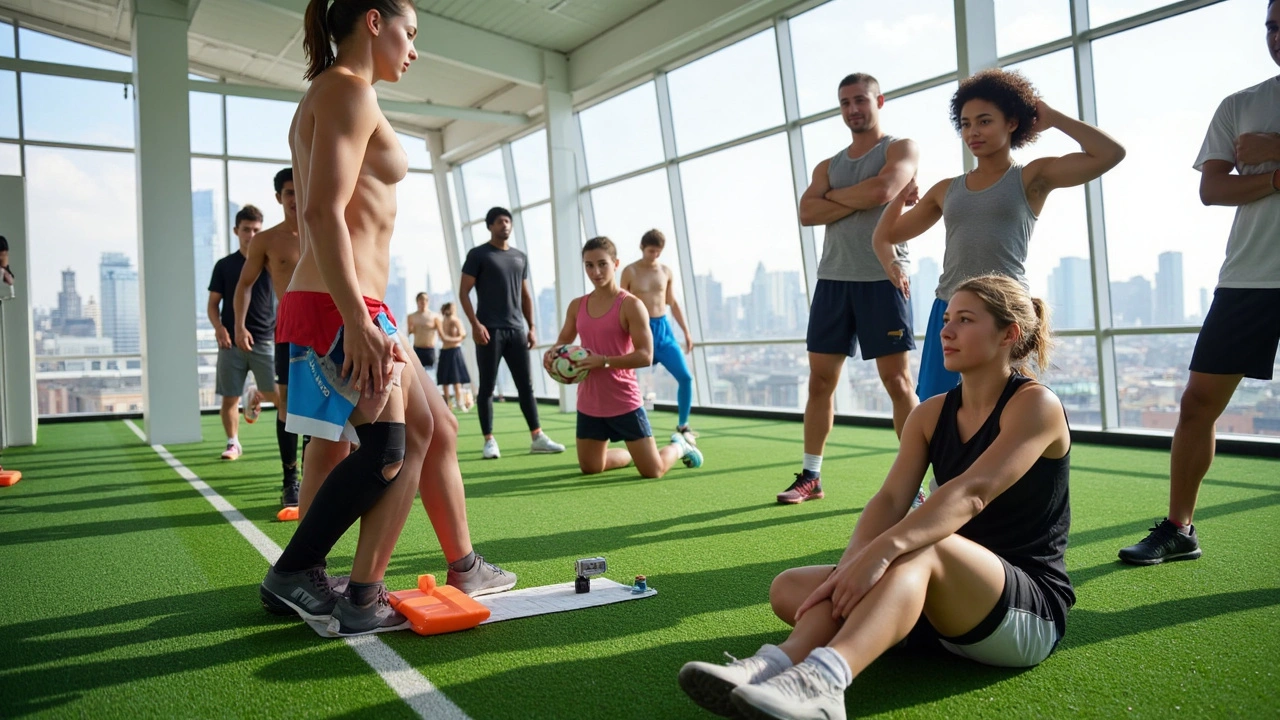Injury Prevention Tips: How Massage Keeps You Safe
Ever wonder why athletes swear by regular massages? It’s not just a luxury – it’s a real tool for stopping injuries before they happen. Below you’ll find simple steps you can add to your routine right now, plus quick explanations of which massage style fits each need.
Why Massage Works for Injury Prevention
Massage does three things that matter most: it loosens tight muscles, improves blood flow, and helps your nervous system stay balanced. When a muscle is tight, it can pull on joints and cause strain. A good session gets that tension out, so your joints move the way they should. Better circulation also means nutrients reach muscles faster, letting them repair tiny stress points before they turn into a real problem.
Pick the Right Technique for Your Goal
Deep tissue massage is perfect if you feel chronic knots or have a sporty schedule. It presses harder into the muscle fibers, breaking down scar tissue that can limit range of motion. Start with a 30‑minute session once a month, then add a shorter 15‑minute treatment after tough workouts.
Hot stone massage uses warm stones to melt tension deep inside. The heat opens up blood vessels, making the muscles more pliable. If you’re prone to muscle stiffness in the evenings, a 45‑minute hot stone session can calm you down and keep you ready for the next day’s activity.
Foot massage isn’t just a treat – it stimulates reflex points that affect the whole body. Simple self‑massage of the arches and heels for five minutes after a run can reduce foot fatigue and protect the knees and hips from over‑compensation.Lymphatic drainage massage helps flush out waste that builds up after intense training. When the lymph system works well, swelling goes down faster and you recover quicker, meaning fewer missed training days.
For anyone who spends long hours at a desk, a quick Indian head massage can release neck tension that often leads to shoulder injuries. Just use gentle circular motions on the scalp and temples for two minutes a few times a day.
Here’s a quick weekly plan you can try:
- Monday: 15‑minute self‑foot massage after cardio.
- Wednesday: 30‑minute deep tissue session (professional or at home with a foam roller).
- Friday: 20‑minute hot stone or warm compress routine for tight areas.
- Sunday: 10‑minute Indian head massage before bed.
Stick to this schedule for a few weeks and notice how often you feel sore or cramped. Less pain means you’re protecting your body from the tiny injuries that turn into big problems.
Remember, consistency beats intensity. Even short, regular massages work better than one huge session once a year. If you’re unsure which style fits you best, try a short trial with each technique and see how your body feels. The right massage isn’t “one size fits all” – it’s the one that leaves you moving freely and pain‑free.
Ready to give your body a break before it asks for one? Book a local therapist, or start with the simple self‑techniques above. Your future self will thank you when you stay injury‑free and keep doing what you love.
Sports Massage London: The Best Guide for Athletes in 2025
Discover everything about sports massage in London for athletes: benefits, top techniques, what to expect, and tips for finding the best therapists.
VIEW MORESports Massage London: Best Ways to Refresh Your Body and Mind
Sports massage in London is more than just a luxury. It helps people recover faster, manage aches, and perform better in their everyday lives—athletes and desk workers alike. Discover how this targeted therapy relieves sore muscles, boosts circulation, and even reduces stress. Get practical tips for choosing the right therapist and getting the most out of every session. Learn what actually happens during a sports massage and why it could be your new favorite health routine.
VIEW MORESports Massage London: Your Secret Weapon for Injury Prevention
Sports massage in London has become a go-to for preventing injuries, not just recovering from them. This article digs into how regular treatments can keep you playing without nasty hiccups. It covers what actually happens in a sports massage, who benefits most, and how to pick the right therapist for your needs. Expect hands-on advice for avoiding common injuries and keeping your body match-ready. If you want to boost your training with real-world recovery tools, this is your read.
VIEW MORE


